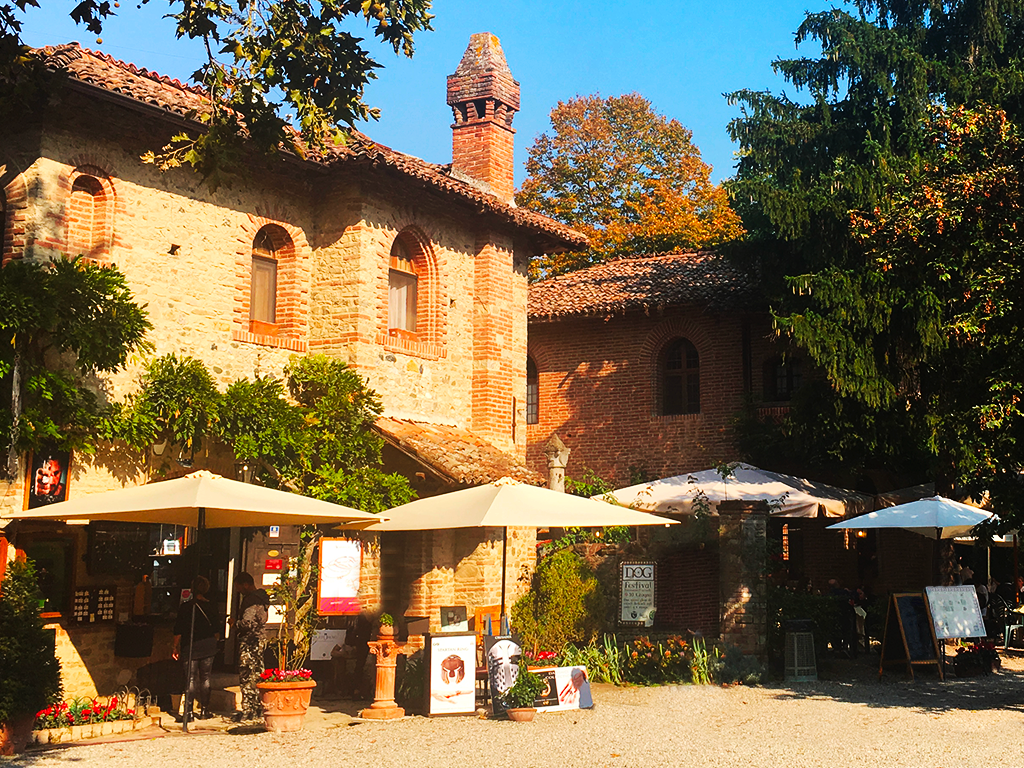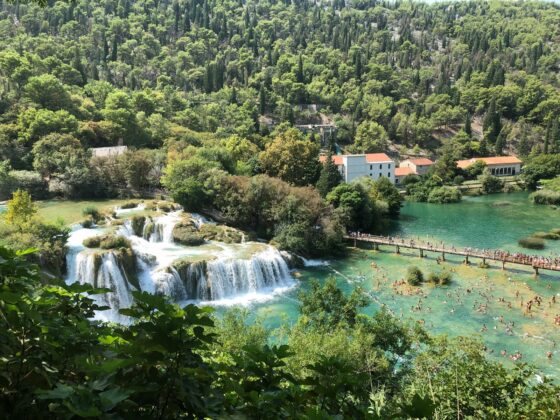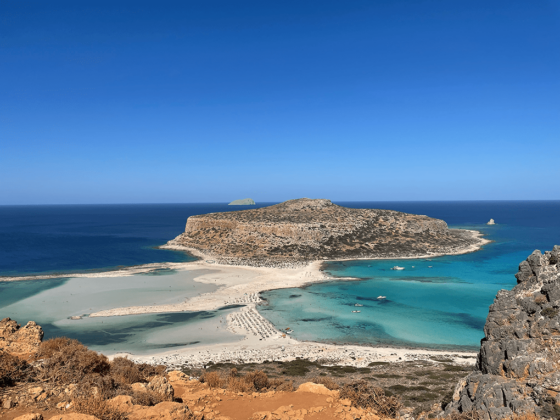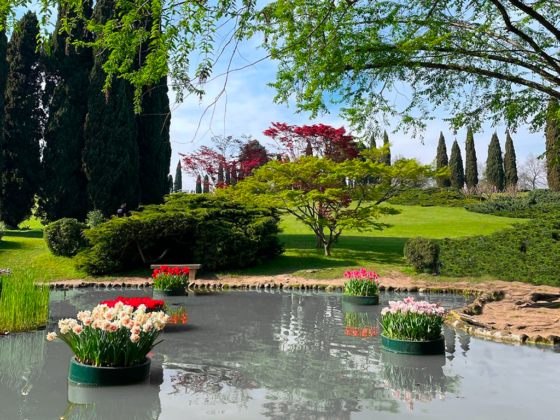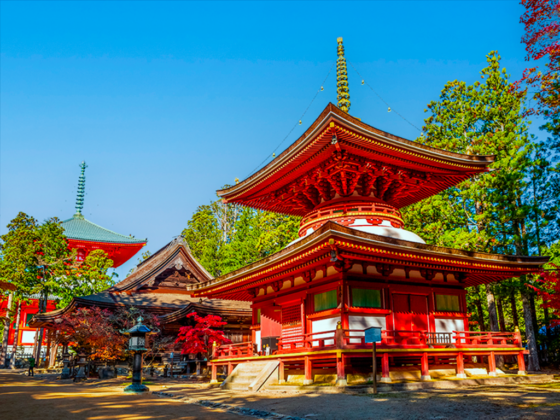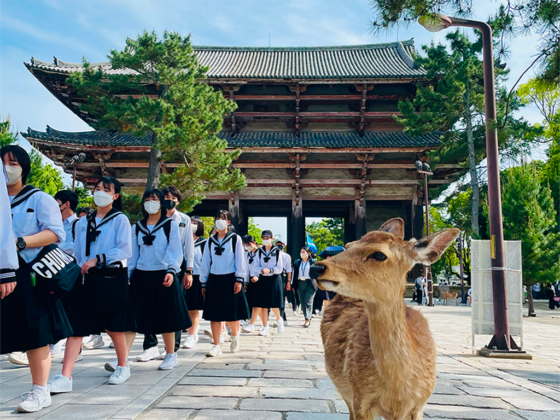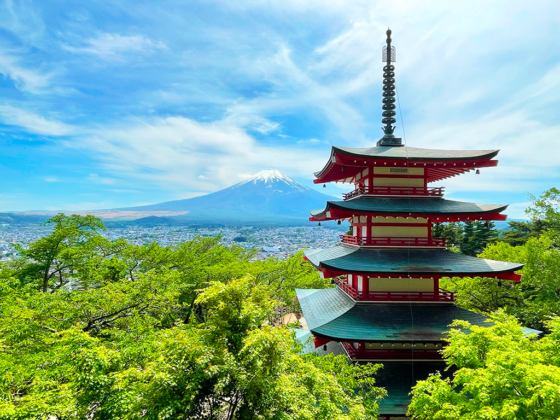Nestled in the heart of Emilia Romagna, along the Val Nure state road, is a charming village with medieval charm where time seems to stand still.
Grazzano Visconti – the brainchild of Giuseppe Visconti, a Milanese nobleman – is a hamlet built around the ancient castle in the early 1900s, with the intention of creating an original artistic centre where craftsmen could pass on their work, in a medieval guise. What he wanted to realise was his ideal of a perfect place, a village in medieval style, one of the best moments in history according to him, but with all the comforts of modern times.
Today, the hamlet hosts historical processions, medieval costume events, important floricultural events and themed events. It is a perfect place to spend a different Sunday strolling through the centre, visiting craftsmen’s shops and art workshops – wood, iron and ceramics are still worked in the village – and eating in one of the village restaurants.
The village, which is still inhabited, is accessible all year round, but a visit is particularly attractive during the costume events that take place in spring and autumn, or during the Advent period when the Christmas Markets are organised.
Here you will find up-to-date information on the castle, the park and the village with its events.
What to see in the village
The village is accessed by passing through one of the four entrance gates.
Strolling through the white streets of the village, one can admire small houses with richly decorated frescoed façades, ornamental fountains and statues at the corners of the alleys and the well in the central square that seems to come straight out of a fairy tale. There are many craftsmen’s workshops with wrought-iron signs protruding above the doors. Ivy acts as a second wall to the buildings and moss covers some of the corners between the houses. Time in this village seems to be suspended between the past and fantasy.
The village is full of many quaint little shops where you can buy souvenirs and fantasy-style trinkets and get lost among the soap and candle shops. Harry Potter lovers – like us – should not miss a stop at the Haunted Emporium, complete with a 9 3/4 rail with the trolley embedded in the wall. We spent a whole afternoon taking photos of ourselves with questionable sympathy while everyone looked at us puzzled.

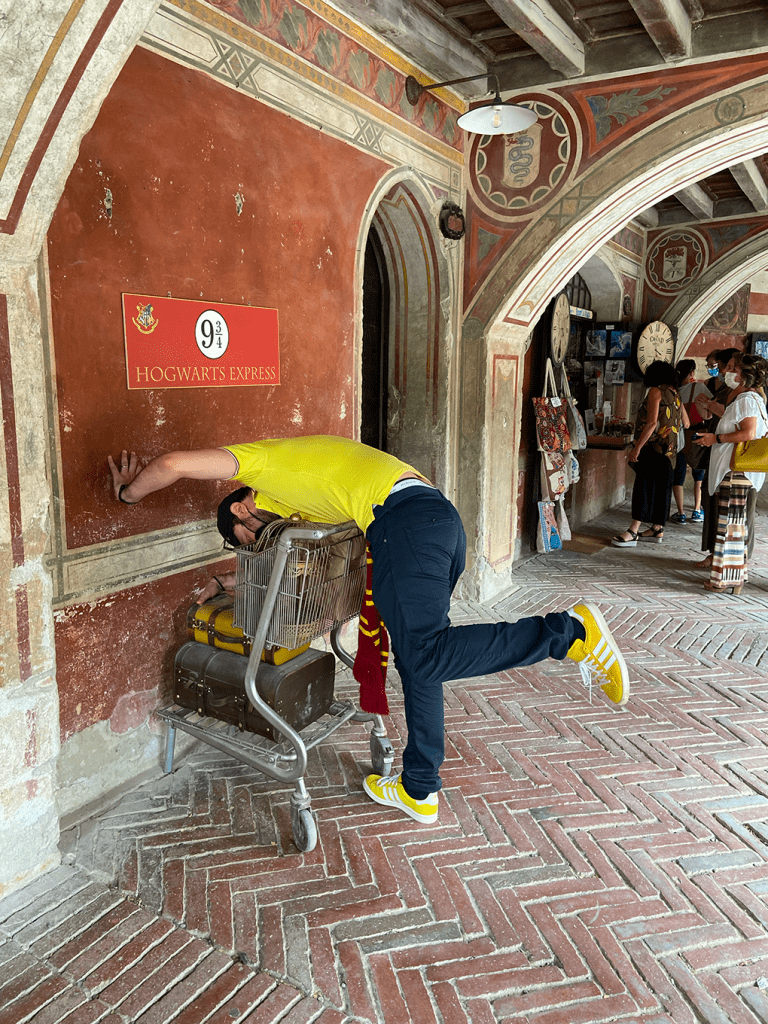
The village also has many attractions. The Parish Church of Saints Cosmas and Damian, the oldest building in the village. Inside is the Chapel of Our Lady of Lourdes. The wax museum houses statues of characters from Piacenza’s history. In Piazza del Biscione are the Palace of the Institution, the fountain of the same name and the Well. Inside the Palace of the Institution is the Torture Museum. Next to the Museum is an Inquisition-themed Escape Room. The Old Court houses, under the long portico, the small museum of agricultural implements and small shops selling soap and candles. At its entrance is the statue of Aloisa, the ghost of Grazzano Visconti.
The castle and the park
The castle, dating back to 1395, was completely renovated and furnished by Giuseppe Visconti according to the eclectic taste of the time.
It can be visited from March to October. The tour includes the courtyard, the reception rooms on the ground floor – the Hall of Honour, the library and the dining room – and the bedrooms and cloakroom on the first floor and the upper loggia.
The Castle Park designed at the behest of Giuseppe Visconti covers about 15 hectares with a partly English and partly Italian-style garden and a miniature hedge maze. Statues, vases, columns, fountains and a great variety of trees and shrubs fill the space. It can be visited from the end of March to the first of November, every third Sunday of the month and holidays.
The ghost of Aloisa
One of the legends of Grazzano Visconti is that of the castle ghost. It concerns the wife of a captain of fortune who died of grief after being abandoned. The spirit of Aloisa, evoked by Giuseppe Visconti himself, apparently still hovers in the palace. Today, the ghost of Aloisa protects unfortunate lovers.
A Brief History of the Medieval Village
It was built in 1395, on the remains of a pre-existing structure, by Giovanni Anguissola following his marriage to Beatrice Visconti, sister of the Duke of Milan Gian Galeazzo. Over the following centuries, the village and castle of Grazzano Visconti were the site of important battles, including the fire of 1521 that destroyed the entire village.
In 1689, the castle underwent several works, the most impactful of which was the replacement of the original drawbridge with a new, more modern structure made of masonry
During the 19th century, the castle was converted into a country residence by the Anguissola family.
In 1870, on the death of Filippo Anguissola, who had no children, the property passed to the Visconti family (on his wife’s side).
It was his nephew Giuseppe Visconti di Modrone who, in the early 20th century, had the village rebuilt in neo-Gothic and Renaissance style near the castle.
How to get there
The medieval village of Grazzano Visconti is located 12 kilometres from Piacenza and can be easily reached from the A1 or A2 motorway, the most convenient exit being Piacenza Sud. From here continue along the ring road and the SP 654 Valnure – Bettola – Grazzano Visconti road.
Where to park
Near the entrances to the village of Grazzano Visconti, there are two large pay car parks (North car park and South car park). The daily cost is 4 euro for cars and 2 euro for motorbikes (fixed daily rate).
Last modified: 14 June 2025
